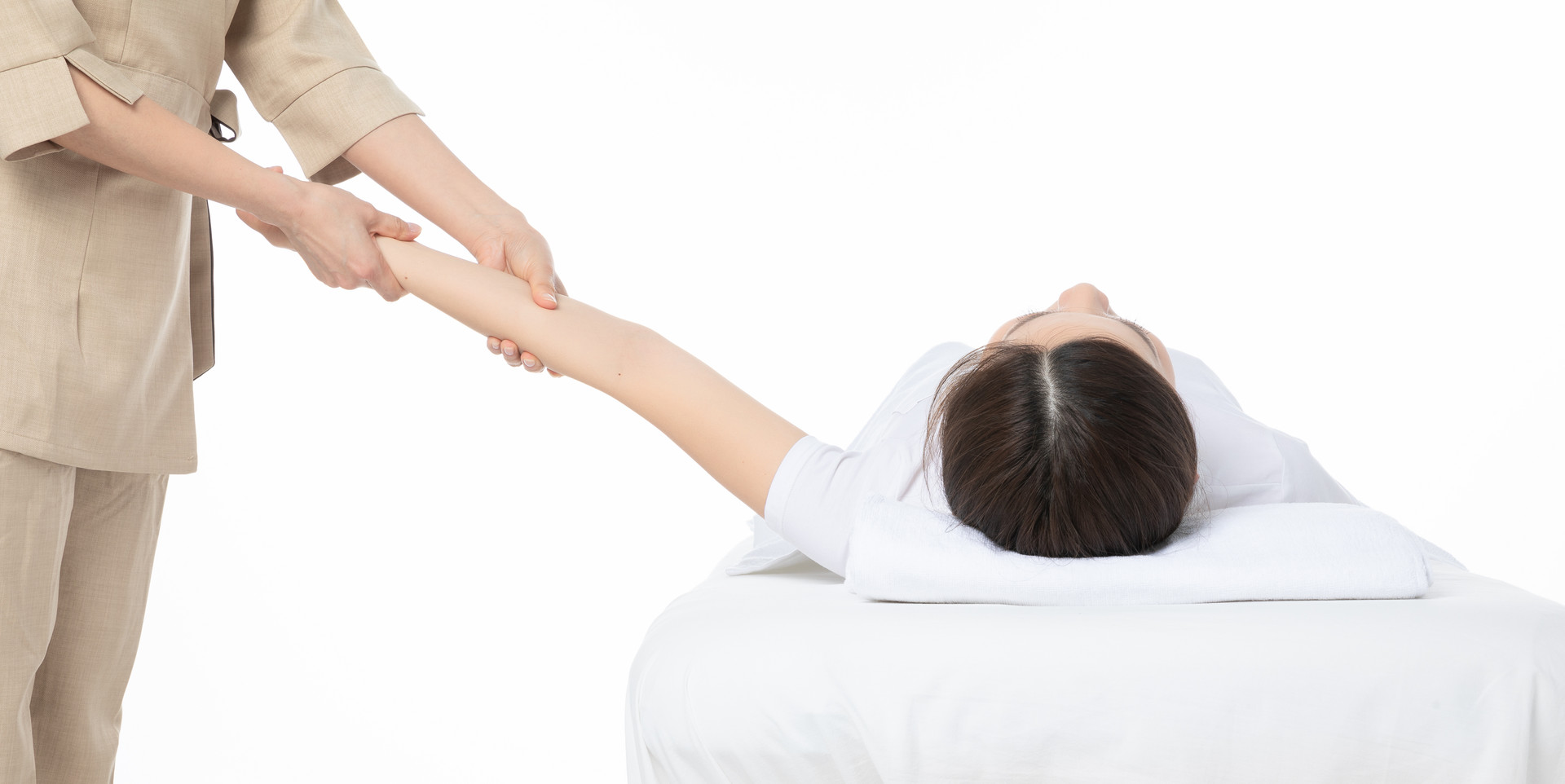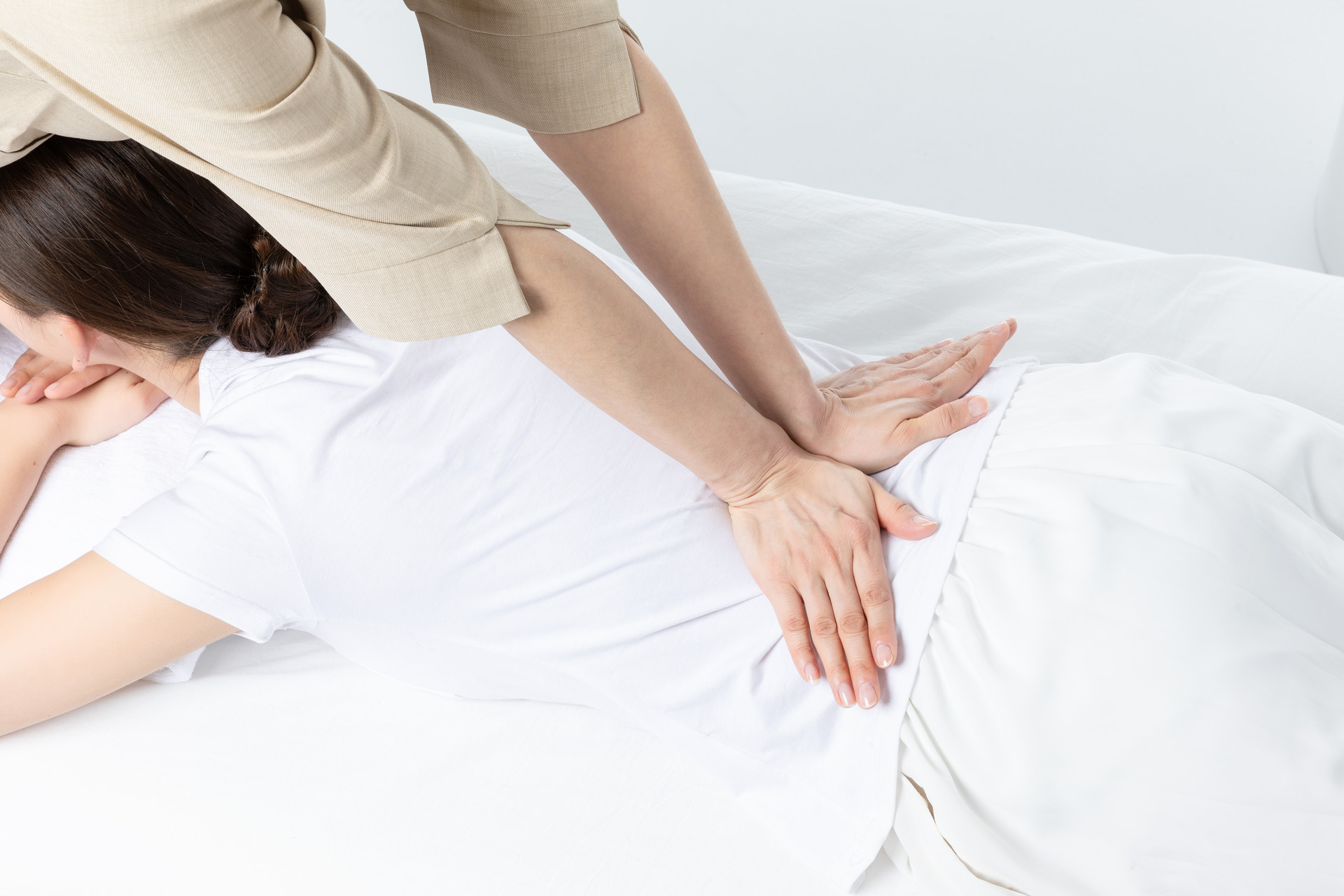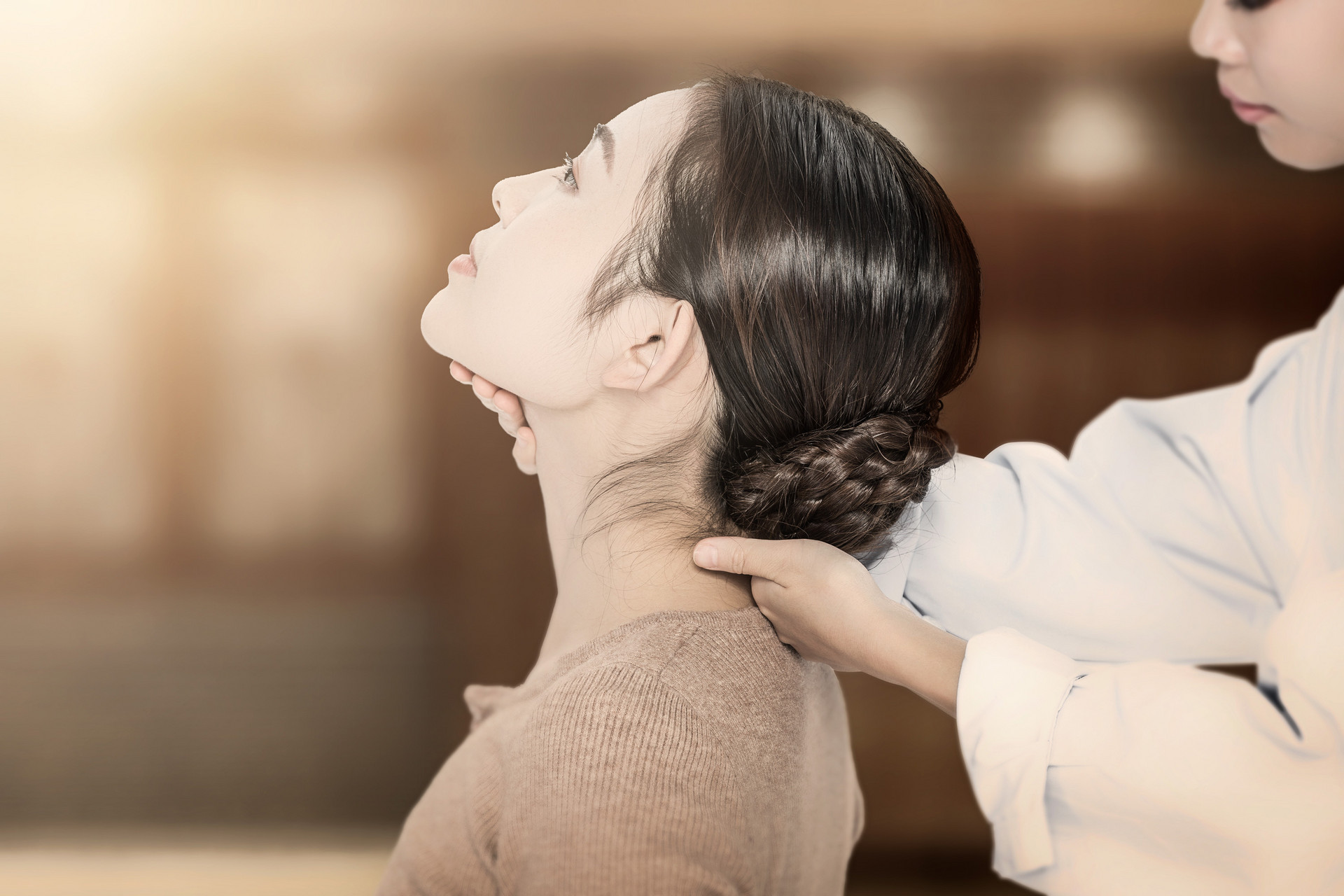Are some female friends feeling lower back pain, especially women who have given birth? Although lower back pain is not a serious illness, if the pain persists and worsens, it is important to be vigilant about these 5 gynecological diseases. Let's summarize them below!
【5 Gynecological Diseases to Be Alerted for Chronic Lower Back Pain in Women】
1. Pelvic Inflammatory Disease
Pelvic inflammatory disease is one of the common gynecological inflammations in women, including endometritis, salpingitis, tubo-ovarian abscess, and pelvic peritonitis. Pelvic inflammatory disease often occurs during the sexually active period and is rare in pre-menarche, post-menopause, and unmarried women. Symptoms: The common symptoms of acute pelvic inflammatory disease are lower abdominal pain, which worsens after activity and sexual intercourse; fever; increased vaginal discharge.
2. Uterine Fibroids
Uterine fibroids are the most common benign tumors in women, often found in women aged 30 to 50. The symptoms of uterine fibroids mainly depend on the location and degeneration of the fibroids, rather than the size or number of the fibroids. In addition to causing lower back pain, if left untreated or improperly treated, uterine fibroids can lead to chronic pelvic pain and pain in the sacral region. Symptoms: Lower abdominal distension, lower back pain worsened during menstruation; other common symptoms include increased menstrual flow and prolonged menstrual periods, lower abdominal masses, and increased vaginal discharge, etc.
3. Cervical Cancer
Cervical cancer is the most common gynecological malignant tumor in women. The main clinical symptom is vaginal bleeding: early stage is bleeding on contact, late stage is irregular vaginal bleeding, and postmenopausal patients have irregular vaginal bleeding. In addition, patients may have vaginal discharge, which is often white or bloody, thin like water or rice water. In advanced cervical cancer, patients may experience different secondary symptoms due to the involvement of the tumor, such as frequent urination and urgency, lower back pain, constipation, etc. The main cause of lower back pain is the compression or involvement of the tumor, which can cause ureteral obstruction, hydronephrosis, and uremia, leading to lower back pain.
4. Abnormal Uterine Position
The normal uterus is in a slight forward tilt with the surrounding ligaments moving freely. When the uterus tilts backward or retroverts, inflammation around the uterus can cause adhesions, leading to tractional lower back pain. This condition often occurs after frequent abortions, multiple childbirths, or other uterine surgeries. Uterine prolapse is also a type of abnormal uterine position. Grade II-III uterine prolapse can cause varying degrees of lower back pain or a sense of lower pelvic pressure by pulling the ligaments. Symptoms: Varying degrees of lower back pain or a sense of lower pelvic pressure.
5. Endometriosis
Symptoms: Secondary dysmenorrhea, which worsens progressively with the menstrual cycle, is a typical symptom of endometriosis. The pain is mainly in the lower abdomen, lower back, and central pelvis. In addition to dysmenorrhea, other clinical manifestations of endometriosis include infertility, abnormal menstrual periods, and discomfort during sexual intercourse.
【Massage these 5 Acupoints to Relieve Pain】
According to traditional Chinese medicine, if the channels are unobstructed, there will be no pain. Therefore, traditional Chinese medicine uses acupuncture, massage, and oral medications like Yaotongning to promote blood circulation, remove blood stasis, reduce swelling, and relieve pain. In addition to the conventional treatments provided by doctors, patients can also relieve lower back pain through self-massage.
1. Mingmen Acupoint
The Mingmen acupoint is located in a depression below the second lumbar vertebra, opposite the navel.
Make a fist with your right or left hand and place the knuckles on the Mingmen acupoint. Rotate clockwise and counterclockwise for 9 times each, repeating the process for 36 times. Consistent massage of this acupoint can warm the kidney yang, promote the health of the lumbar spine.
2. Shenshu Acupoint
The Shenshu acupoint is located below the second lumbar vertebra, about 1.5 inches away from the Mingmen acupoint.
Make a fist with both hands and place the knuckles on both sides of the Shenshu acupoint. Rotate clockwise and counterclockwise. Massage this acupoint daily to nourish yin, strengthen yang, and improve kidney and lumbar health.
3. Yaoyangguan Acupoint
The Yaoyangguan acupoint is located in a depression below the fourth lumbar vertebra, approximately level with the iliac crest.
Place the knuckles of your left or right hand on the Yaoyangguan acupoint and massage it repeatedly. This acupoint is the passage of the Du meridian's positive yang qi. Daily massage can promote the smooth flow of yang qi, strengthen the lumbar spine, and benefit the lower body.
4. Yaoyan Acupoint
The Yaoyan acupoint is located below the fourth lumbar vertebra, about 3.5 inches away from the Yaoyangguan acupoint, and approximately level with the Yangguan acupoint.
Use the knuckles to massage this acupoint. It can promote blood circulation, dredge meridians, and improve kidney and lumbar health.
5. Weizhong Acupoint
The Weizhong acupoint is located in the middle of the transverse crease at the back of the knee joint.
Rub both hands together until warm, then use both hands to massage the Weizhong acupoint on both legs at the same time (apply pressure with the thumb and the other four fingers). Massage for about a minute. This can relax tendons, promote blood circulation, relieve spasms, and reduce pain.
【Knowledge of Menstrual Health for Women】
1. During menstruation, it is recommended to consume more eggs, lean meat, fish, soy products, vegetables, and fruits;
2. Drink plenty of water and avoid drinking strong tea. Strong tea contains high levels of caffeine, which can stimulate the nerves and cardiovascular system and easily lead to dysmenorrhea, prolonged menstruation, or excessive bleeding.
3. Pay attention to hygiene during menstruation, avoid vigorous exercise and excessive cold or strong stimuli, and try to reduce emotional fluctuations.
4. Wear loose cotton underwear during menstruation to allow ventilation and prevent infections.












